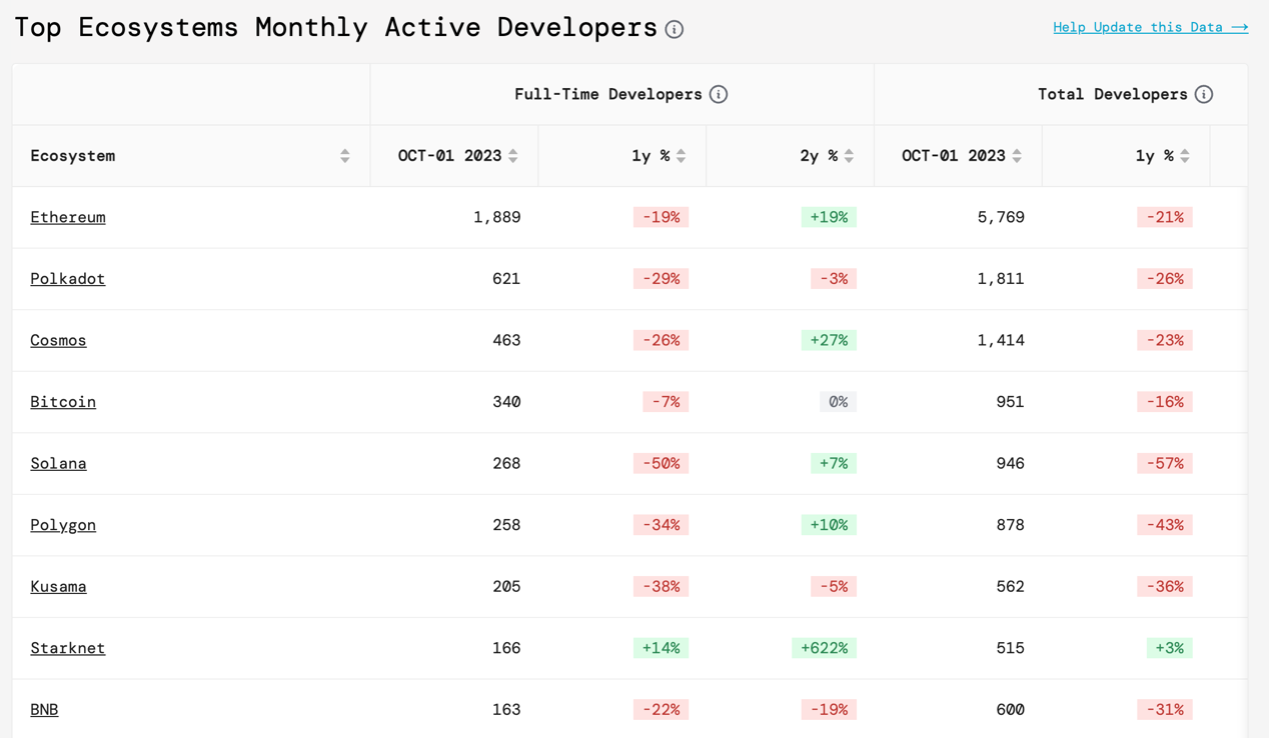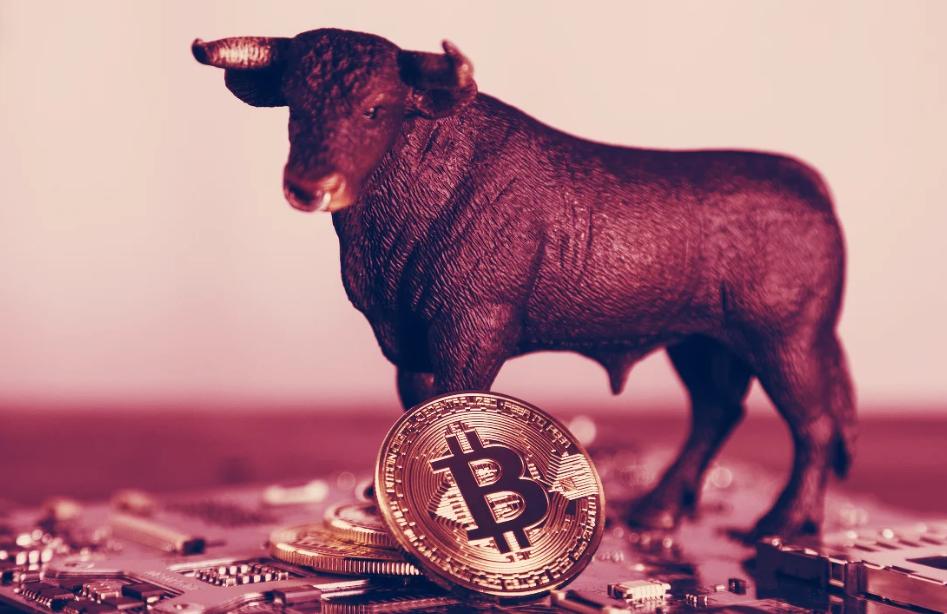On the 15th anniversary of Bitcoin, does "digital gold" remain unchanged in the face of all changes?
Author: bayemon.eth, ChainCatcher
The nature of Bitcoin is such that once version 0.1 was released, the core design was set in stone for the rest of its lifetime. ------That man
In 2023, as the COVID-19 virus gradually faded from people's view, those who finally emerged from the shadows found that the things making it hard to breathe were not just the virus, but also the money in their hands that continued to depreciate.
Malicious Inflation, More Money, Less Food
Over the past three years, global policymakers have almost universally chosen to print more money to offset the negative impacts of the virus. Although people have more cash in hand, the total amount of assets like houses and cars has not fundamentally increased. The state of "more money, less food" has led countries to essentially touch the ceiling of inflation levels not seen in 40 years.
For economies like the United States that have relatively complete monetary and financial policies, alleviating inflation in the current economic situation is no easy task, let alone for developing economies burdened with high external debts and even facing debt crises. Malicious inflation has led many people in fragile monetary systems to start exchanging their fiat currency for the "relatively stable" US dollar, seeking "safe-haven" opportunities in the mire of economic downturns. Due to high bank fees and rapid depreciation of fiat currencies, ordinary foreign exchange transactions are clearly inefficient for "hedging," prompting people in places like Nigeria and Zimbabwe to turn their attention to Bitcoin, the "digital gold," which offers easier dollar exchanges, lower fees, and relatively stable prices.
Safe-Haven Asset? Risk Asset!
In fact, the "relative stability" of Bitcoin's price is also heavily reliant on its peers; in a sluggish market compared to the rapid depreciation of fiat currency, the former is clearly superior in terms of "preserving value." However, once we carefully analyze Bitcoin's performance as a safe-haven asset, we find that when faced with large-scale international political and economic turmoil, Bitcoin is no longer in the "unmoved" realm of its earlier days. During the past conflicts like the US-Iran and Russia-Ukraine disputes, Bitcoin proved its identity, but after the outbreak of the Israel-Palestine conflict this year, it did not see the same nearly 40% surge as before; instead, it slightly declined. From the data, the correlation coefficient of Bitcoin's price with US stocks, the US dollar, and even the current price of gold has generally shown an upward trend, which means that in the long-cold cryptocurrency market, Bitcoin, once hailed as "digital gold," cannot remain unaffected amidst turbulent situations.
At the same time, Bitcoin's days in the crypto circle are not easy either. Speculators who came for hedging found that Bitcoin has lost its ability to hedge against bear markets and has almost become a risk asset, calling for "refunds." Bitcoin's once-celebrated innate conditions like Turing completeness and consensus effects seem to have gradually become barriers to its functional iteration—most "Satoshi Nakamoto believers" in the Bitcoin community cling to the white paper from 15 years ago, refusing to innovate, and there are almost no smart contracts deployed on the ecological chain. Bitcoin itself has little beyond being a store of value, and developers are gradually shifting towards Ethereum, which can provide "emotional value." According to developer data from Electric Capital, the current number of monthly active developers in the Bitcoin ecosystem is only 1,291, while Ethereum has nearly six times that, with 1,889 full-time developers.

If this continues, as long as Ethereum and other public chain ecosystems continue to innovate at the current pace, Bitcoin may one day no longer be able to maintain a stable market share.
The Unbelieving Minority: Ordinals and BRC-20
Although it seems that the Bitcoin community's faith in Satoshi Nakamoto's original vision is an insurmountable wall, there are always a few "rebellious" friends in the community who decide to "take risks." In January of this year, Casey Rodarmor launched the Ordinals protocol, allowing builders to record data of the type called inscriptions on the smallest unit of Bitcoin, satoshi, thereby embedding art collectibles similar to NFTs into the blockchain. In just 10 months since its launch, the total number of inscriptions on the Bitcoin chain has reached 36.514 million. Undoubtedly, Ordinals plays the role of ERC-721 in the Bitcoin ecosystem, prompting voices in the community to ask how far away the ERC-20 equivalent on the Bitcoin chain is.
Two months later, a mysterious engineer named domo released BRC-20, announcing to the community that the Bitcoin ecosystem could also achieve the freedom to issue tokens. Essentially, BRC-20 is still based on the Ordinals protocol, allowing for the customization of token supply, issuance limits, and other basic conditions by deploying JSON files to the network. Tokens minted under the BRC-20 standard can be freely transferred between wallets. While the previous text compared BRC-20 and Ordinals to the ERC standards on the Ethereum chain, the most important difference is that the small images and tokens created based on Ordinals on the Bitcoin network are directly inscribed on individual satoshis, which, due to the nature of Bitcoin itself, are "classically passed down." Thus, discussions about the expansion of the Bitcoin ecosystem have once again reached a peak, with BRC-20 trading volume reaching nearly 400,000 shortly after, but behind the rapidly rising trading volume is the staggering total transaction fee of 255 BTC on that day.

Unlike inscriptions that can never be deleted or altered, people's enthusiasm and memory regarding BRC-20 were almost completely released a month later, and the community gradually began to question, "If Ordinals and BRC-20 are so good, could it be that Satoshi Nakamoto never thought of them?" As Haotian described in his long tweet, many participants questioned that "BRC-20 violates the mainstream narrative of decentralization, scalability, and low cost"—the Bitcoin network itself cannot recognize whether inscriptions are valid, thus handing over the judgment power to centralized platforms; the large volume of BRC-20 transactions has caused the Bitcoin network to become congested, making it nearly impossible to produce blocks normally…
Many issues seem to once again block the path outside of "digital gold," turning the possibility of expanding the Bitcoin ecosystem from an exclamation mark into a question mark. "Relying on the ecosystem cannot save Bitcoin" has developed into a deadlock. So, is there really no solution on the Bitcoin chain that can enhance programmability and functionality, introduce token economies, and not overload the network?
If issuing tokens on the Bitcoin chain is unfeasible, it might be better to first examine why previous attempts to optimize transaction processing did not work.
The Random Walk Between Feasibility and Impossibility of Token Issuance Freedom
Taproot Upgrade & Lightning Network
As early as November 2021, the Bitcoin network underwent a significant upgrade called Taproot, aimed at simplifying transaction processing through signature aggregation, achieving speed improvements and cost reductions. Unlike the "split" that ended Bitcoin's 2017 upgrade, Taproot did not cause much controversy in the traditionally "conservative" Bitcoin community, indicating that even "loyal followers of Satoshi Nakamoto" tacitly approved of the speed and cost changes at the Bitcoin network level.
Taproot combines three Bitcoin Improvement Proposals (BIPs): BIP-340 (Schnorr), BIP-341 (Taproot), and BIP-342 (Tapscript) to enhance script functionality. The key to the upgrade lies in introducing Schnorr signatures, which aggregate multiple public keys into a single package on-chain. On one hand, for multi-signature transactions, transactions involving multiple addresses no longer need to verify multiple public keys. In terms of privacy, single-signature and multi-signature transactions become harder to distinguish, making it more difficult to identify the identities of traders on the block. However, in reality, while it can alleviate some degree of network congestion, even after the Taproot upgrade, during the peak of self-issued BRC-20 transactions by a large number of developers in the first half of the year, the Bitcoin network still could not avoid congestion and a sharp increase in transaction fees.
If the sole purpose is to simplify transactions and optimize processing, sidechain scaling technologies like the Lightning Network can achieve the same effect. However, for the Lightning Network, once a state channel is temporarily closed, the transactions conducted on it still need to be fully validated on the Bitcoin network, and a large volume of transactions piling up can still lead to network paralysis.
Therefore, with the current existing single measures, it is indeed impossible to solve the deadlock in Bitcoin transaction processing, and "freedom to issue tokens" has become an unreachable shore. Did Satoshi Nakamoto foresee the forecasters' predictions 15 years ago?
Taproot Asset: Not Convinced, Wait for Me to Stack Buffs
Fifteen years may allow a primary school student in the real world to grow into a wage slave, but in the face of Bitcoin's long "career," it seems trivial. Newcomers are constantly trying to challenge Satoshi Nakamoto's "unchanging v0.1," pondering how to embed the right to issue assets into the DNA spiral of Bitcoin.
On October 19 of this year, the Lightning Network development team, Lightning Labs, announced the launch of the mainnet Alpha version of a protocol called Taproot Asset. Taproot Assets are driven by Taproot and are used to issue assets on the Bitcoin ecological chain. The assets issued through this protocol can be traded at high speed and low cost via the Lightning Network.
In simple terms, the basic logic of Taproot Asset focuses on "stacking buffs." On one hand, it uses the Schnorr signatures involved in the Taproot upgrade to achieve signature aggregation; on the other hand, the issued assets can interact within the Lightning Network channels, allowing for atomic swaps between BTC and TA at its nodes. The well-tested transaction processing of the Lightning Network also hedges some concerns regarding speed and cost. According to Lightning Labs CEO and co-founder, since the launch of the Taproot Assets mainnet alpha, the total number of minted assets has exceeded 18,000. Additionally, Taproot Assets developers are also attempting to use real-world assets like gold, US Treasury bonds, and corporate bonds to realize the issuance of debt instruments.
However, although Taproot Assets have sparked another peak of discussion in the Bitcoin ecosystem since their launch, from a market perspective, it has not reached the frenzy seen when BRC-20 was launched in May. One possible reason is that while the Lightning Network has a certain "grassroots" following, it still seems lacking in confidence in the face of Bitcoin's long-standing consensus effect and the absolute security of the Bitcoin mainnet—after all, in the case of sufficient capacity on the Bitcoin mainnet, few people choose to understand and use the so-called state channels of the Lightning Network for asset swaps, thus failing to replicate the "brief frenzy" seen at the initial launch of BRC-20. Nevertheless, in the context of rapid inflation, many long-termists believe that Taproot Assets will mark the beginning of the stablecoin narrative in the Bitcoin ecosystem. Whether the assets issued based on the TA protocol will ultimately fall into the death spiral of the Bitcoin ecosystem remains to be seen, depending on the subsequent protocol's attractiveness to developers and the attitudes of "Bitcoin ecosystem natives."
Revitalizing the Ecosystem: Where People Are, There Is the Country
Looking at the Bitcoin and Ethereum ecosystems, from Taproot Assets to RaaS, the BTC and ETH communities seem to gradually reach a consensus—in the absence of rapid improvement in the economic environment, simplifying user operations from a technical perspective and providing developers with more toys to play with may be a more hopeful route out of the bear market. Thus, we can look forward to the 16th year of the Bitcoin white paper and the new narrative after Ethereum's Cancun upgrade, which may further refine the problem-solving ideas for the bear market.










